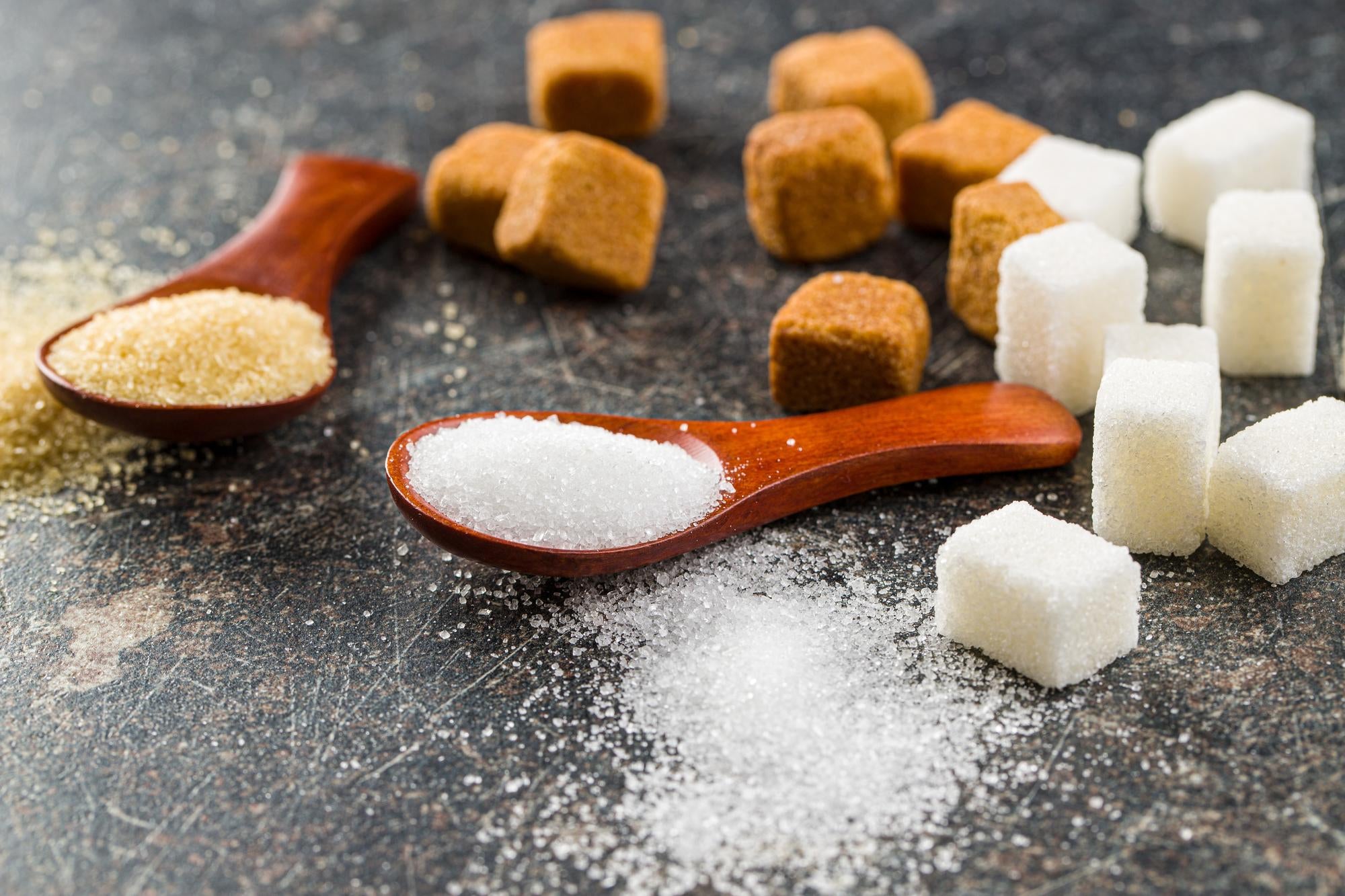Examining beet sugar vs cane sugar reveals distinctions in economic factors and market supply.
Examining beet sugar vs cane sugar reveals distinctions in economic factors and market supply.
Blog Article
Discover the Uses and Perks of Beet Sugar Vs Cane Sugar in Your Daily Diet Regimen
Exploring the unique top qualities of beet and cane sugar discloses more than just their sweetening capacities; it highlights their distinct influence on wellness and cooking arts. Beet sugar, known for its subtle taste, is frequently preferred in delicate desserts, whereas cane sugar, with its hint of molasses, adds splendor to durable meals. Each kind holds its own nutritional profile and glycemic effects, inviting a deeper understanding of their roles in a balanced diet and lasting intake techniques.
Beginning and Manufacturing Procedures of Beet and Cane Sugar
The distinct environments and dirt types needed for expanding sugar beets and sugarcane add to distinctions in their farming methods and geographic circulation, affecting the economics and sustainability of their manufacturing. beet sugar vs cane sugar.
Nutritional Comparison In Between Beet Sugar and Cane Sugar
In spite of originating from various plants, beet sugar and cane sugar are nutritionally extremely similar, both largely consisting of sucrose. Each provides about 4 calories per gram, converting to approximately 16 calories per teaspoon. Structurally, both sugars are made up of approximately 99.95% sucrose, with marginal amounts of various other compounds like moisture and trace element, which do not substantially alter their dietary accounts.

Eventually, when choosing between beet sugar and cane sugar based upon nutritional web content alone, both offer the same benefits and disadvantages as they are basically forms of the very same molecule-- sucrose, supplying quick power without other nutrients.
Effect on Health And Wellness: Glycemic Index and Caloric Material
Discovering further into the effects of beet sugar and cane sugar on wellness, it is vital to consider their glycemic index and calorie material. The glycemic index (GI) of both beet and cane sugar is around 65, categorizing them as high-GI foods, which can cause fast spikes in blood sugar degrees.
Each kind of sugar consists of about 4 Source calories per gram, making their caloric web content matching. For those checking caloric intake, especially when managing weight or metabolic wellness conditions, understanding this equivalence is vital (beet sugar vs cane sugar). Nonetheless, extreme consumption of any kind of high-calorie, high-GI food can add to health problems such as weight problems, heart disease, and insulin resistance.
Environmental and Economic Considerations of Sugar Manufacturing
Beyond health and wellness influences, the production of beet and cane sugar likewise elevates considerable ecological and economic problems. Sugar beet growing often tends to require cooler environments and has a lower geographical impact compared to sugar cane, which prospers in tropical regions. Nonetheless, both crops are extensive in regards to water use and land occupation, possibly leading to logging and water deficiency. Financially, the international sugar market is highly unstable, affected by changes in worldwide profession policies and subsidies. Several countries incentivize sugar production with financial backing, skewing market prices and impacting small farmers negatively.
In addition, making use of pesticides and fertilizers in both beet and cane sugar cultivation can result in soil deterioration and air pollution, more impacting biodiversity and regional water bodies (beet sugar vs cane sugar). The option in between cultivating sugar beet or cane visit here often hinges on regional environmental conditions and economic aspects, making the sustainability of sugar manufacturing an intricate problem
Culinary Applications and Taste Distinctions
While the ecological and economic elements of sugar manufacturing are undoubtedly considerable, the option between beet and cane sugar also affects cooking applications and flavor profiles. Beet sugar, originated from the sugar beet plant, is understood for its incredibly neutral taste. This makes it a functional active ingredient in baking, where it does not alter the taste of various other parts. It liquifies rapidly and is perfect for use in cakes, cookies, and breads.
Cane sugar, extracted from sugarcane, usually preserves molasses traces, which impart a distinctive richness and deepness. This small my review here molasses flavor enhances the intricacy of baked goods, sauces, and marinates. It is particularly favored in things where a sugar undertone is wanted, such as in brownies or gingerbread. The mild variant in moisture content in between beet and cane sugar can influence the texture and consistency of meals, making cane sugar a recommended choice for specific recipes that profit from its one-of-a-kind homes.

Final Thought
In final thought, both beet and cane sugar have distinctive beginnings and manufacturing processes, providing similar dietary accounts with minor differences in sodium content and flavor. While their effect on wellness, specifically pertaining to glycemic index and calories, is equivalent, the option between them often comes down to environmental, financial aspects, and particular cooking requirements. Comprehending these aspects can lead consumers in making notified choices that line up with their health objectives and flavor choices.
Report this page